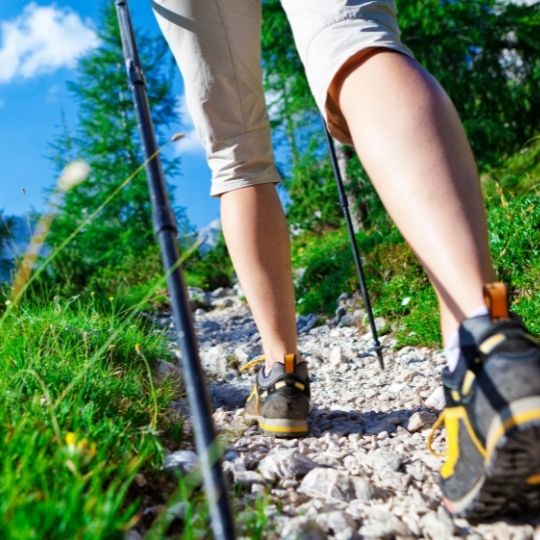Are you new to hiking and looking for ways to break in your new hiking boots? Breaking in your hiking boots is an essential step to ensure that your feet are comfortable and supported during your outdoor adventures. In this blog post, we will discuss the important steps to properly break in your hiking boots, including choosing the right pair for your needs, wearing them around the house to gradually get used to them, gradually increasing your walking distance, applying moisture to leather boots, and flexing and bending the boots to improve their flexibility. By following these steps, you can ensure that your hiking boots will be well-fitted and ready for the trails, allowing you to fully enjoy the great outdoors without any discomfort. Let’s dive into each of these steps to learn how to break in your hiking boots effectively.Find the best hiking boots with tips on choosing, wearing, and caring for them. Gradually increase walking distance for long-lasting comfort.
Choosing The Right Hiking Boots
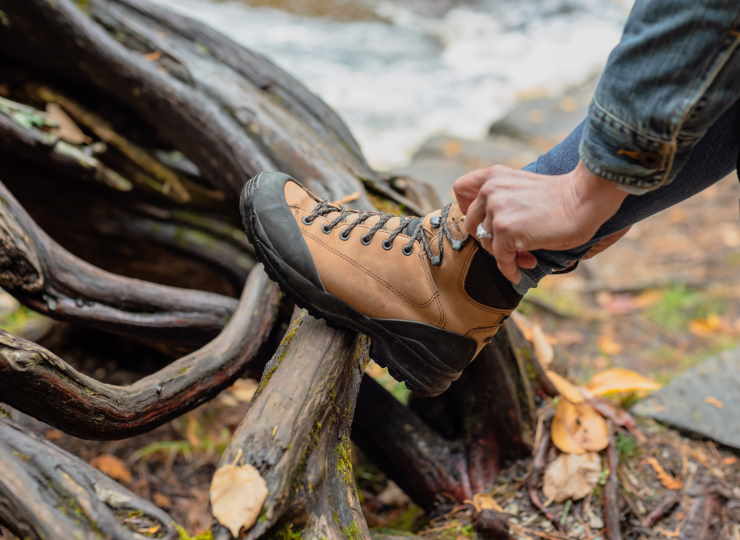
When it comes to choosing the right hiking boots, there are several factors to consider. First and foremost, you’ll want to think about the type of terrain you’ll be hiking on. If you’re planning on tackling rugged, mountainous trails, you’ll need a sturdy pair of boots with excellent ankle support. On the other hand, if you’ll be sticking to more moderate trails, a lighter, more flexible boot may be sufficient.
In addition to considering the terrain, it’s important to think about the fit and comfort of the boots. Ill-fitting boots can lead to blisters and sore feet, so it’s crucial to try on several pairs and walk around in them before making a decision. Look for boots with ample cushioning and a secure, supportive fit.
Another important factor to consider is the waterproofing of the boots. If you’ll be hiking in wet or muddy conditions, it’s essential to choose a pair of boots that will keep your feet dry and comfortable. Many hiking boots are made with waterproof materials such as Gore-Tex, which can help protect your feet from the elements.
Finally, think about the level of breathability you’ll need in your hiking boots. If you’ll be hiking in warm weather, look for boots with mesh panels or breathable linings to help keep your feet cool and dry. Conversely, if you’ll be hiking in colder conditions, a more insulated boot may be necessary to keep your feet warm.
Wearing Hiking Boots Around The House
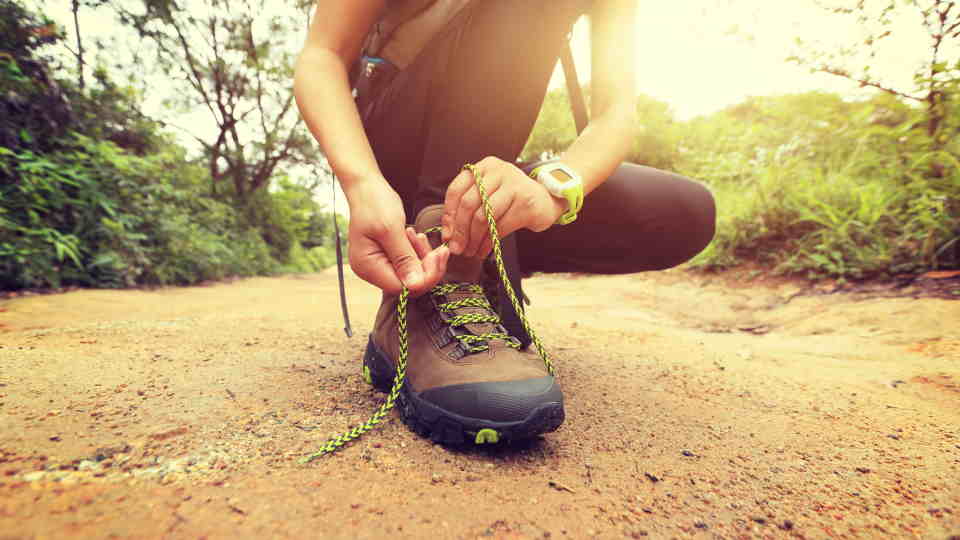
When it comes to choosing the right hiking boots, many people overlook the importance of breaking them in properly before hitting the trails. One of the best ways to do this is by wearing hiking boots around the house for short periods of time. This allows the boots to conform to the shape of your feet and helps to prevent blisters and discomfort when you’re out on the trails.
By wearing your hiking boots around the house, you can also identify any pressure points or areas of discomfort before you’re miles away from home. This gives you the opportunity to make any necessary adjustments or exchange the boots for a better fit.
It’s important to gradually increase the amount of time you spend wearing your hiking boots around the house. Start with just a few minutes at a time and gradually increase the duration over the course of several days or weeks. This will help to avoid any unnecessary strain on your feet and ankles.
Remember to walk around on different surfaces while wearing your boots, as this will help to simulate the conditions you’ll encounter on the trail. Additionally, flexing and bending the boots while you wear them will help to soften the materials and break them in more quickly.
Gradually Increasing Walking Distance

When it comes to hiking, it’s important to gradually increase your walking distance to avoid injury and build up your endurance. It’s not a good idea to jump right into a long hike if you haven’t been regularly walking or exercising. Start with shorter distances and gradually work your way up. This will allow your body to adjust and strengthen, reducing the risk of muscle strain or fatigue.
One way to gradually increase walking distance is to set weekly goals for yourself. For example, start with a short hike that you know you can comfortably complete. Then, the following week, increase the distance slightly. Continue this pattern, gradually adding more distance each week. This gradual progression will give your body time to adapt and improve without pushing it too hard too soon.
It’s also important to listen to your body and take breaks when needed. If you start to feel fatigued or experience any discomfort, it’s okay to take a rest. Pushing through pain or exhaustion can lead to injury, so be mindful of how your body is feeling throughout your hikes. As you gradually increase your walking distance, it’s crucial to pay attention to any warning signs of overexertion.
In addition to gradually increasing your walking distance, it’s important to cross-train and incorporate other forms of exercise into your routine. This can help prevent overuse injuries and improve overall strength and endurance. Try incorporating activities like cycling, swimming, or strength training to complement your hiking workouts. By varying your exercise routine, you can reduce the risk of injury and enhance your hiking performance.
Applying Moisture To Leather Boots
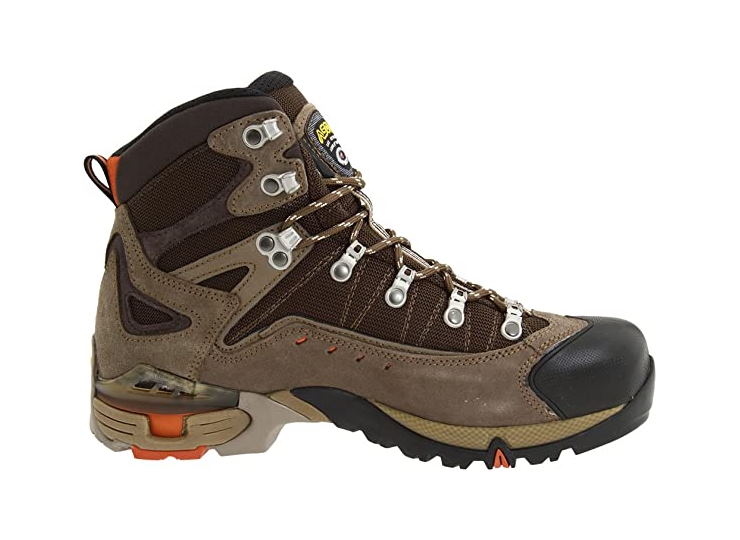
Properly caring for leather hiking boots is essential to ensure they last for many adventures to come. One important aspect of maintaining leather boots is applying moisture to keep the leather supple and prevent cracking. Regularly conditioning your leather boots can help protect them from the elements and extend their lifespan.
When it comes to applying moisture to your leather boots, it’s important to choose a high-quality leather conditioner. Look for a product specifically designed for hiking boots, as these will provide the best care for your footwear. Apply the conditioner to clean, dry boots using a soft cloth, making sure to cover the entire surface of the leather.
After applying the conditioner, allow the boots to sit for a few minutes to allow the leather to absorb the moisture. Use a clean cloth to wipe off any excess conditioner, and then allow the boots to air dry completely before wearing them again. This simple process can help keep your leather hiking boots in top condition and ready for your next outdoor adventure.
By regularly applying moisture to your leather hiking boots, you can prevent the leather from becoming dry and brittle, ultimately extending the life of your beloved footwear. Proper care and maintenance of your boots will ensure they continue to provide the support and protection you need on the trails.
Flexing And Bending The Boots
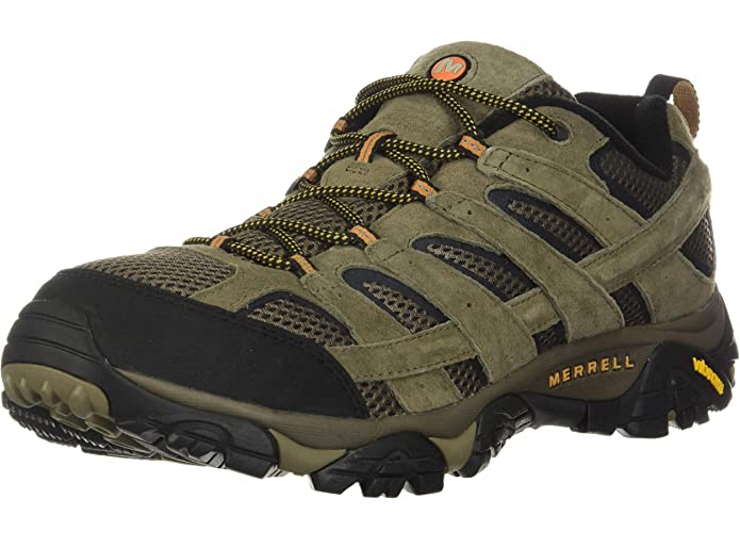
When it comes to breaking in your new hiking boots, flexing and bending them is an important step in the process. Hiking boots are often stiff when you first get them, and this can cause discomfort and blisters if you don’t properly break them in. By flexing and bending the boots, you can help soften the leather and make them more comfortable for long hikes.
One way to flex and bend your new boots is by wearing them around the house. Doing chores and walking around in your new hiking boots will help loosen them up and form them to the shape of your foot. Additionally, rocking back and forth on your heels and toes while wearing them can help speed up the breaking-in process.
Another method for flexing and bending your hiking boots is by going for short walks in them. Gradually increasing the walking distance will help the boots mold to your feet and become more flexible. This will also help you get used to the feel of the boots and identify any potential problem areas before taking them on a longer hike.
It’s important to keep in mind that flexing and bending your boots should be done gradually and not forced. Applying a leather conditioner or moisture to the boots can also aid in softening the leather and making them more pliable. By taking the time to properly break in your new hiking boots, you can ensure a comfortable and enjoyable hiking experience.

